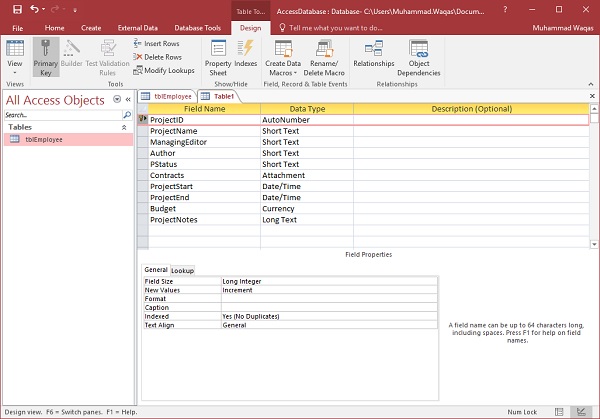What is MS Access ?
Microsoft Access is a database management system developed by Microsoft. It’s a part of the Microsoft Office suite, specifically designed to help users create and manage databases.
As a relational database management system (RDBMS), Access allows individuals and businesses to organize, store, retrieve, and manipulate data in a structured manner. It consists of various components such as tables, queries, forms, reports, macros, and modules, each serving a specific purpose in managing databases.
– Tables: In Access, data is stored in tables, which are organized into rows (records) and columns (fields). Tables hold the actual information.
– Queries: Queries are used to retrieve specific data from the tables based on certain criteria or conditions. Users can create custom queries to extract relevant information from the database.
– Forms: Forms provide a user-friendly interface for entering and viewing data within the database. They allow users to interact with the database without directly dealing with complex tables and queries.
– Reports: Reports are generated documents that present data in a structured format. They help in summarizing and analyzing information stored in the database.
– Macros and Modules: These components offer automation and customization capabilities within Access. They enable users to automate repetitive tasks or create advanced functionalities using programming elements like Visual Basic for Applications (VBA).
Microsoft Access is widely used by individuals, small businesses, and departments within larger organizations for creating databases to manage various types of information, from simple contact lists to more complex inventory systems or project tracking databases. Its user-friendly interface and integration with other Microsoft Office applications make it accessible to users with varying levels of technical expertise

